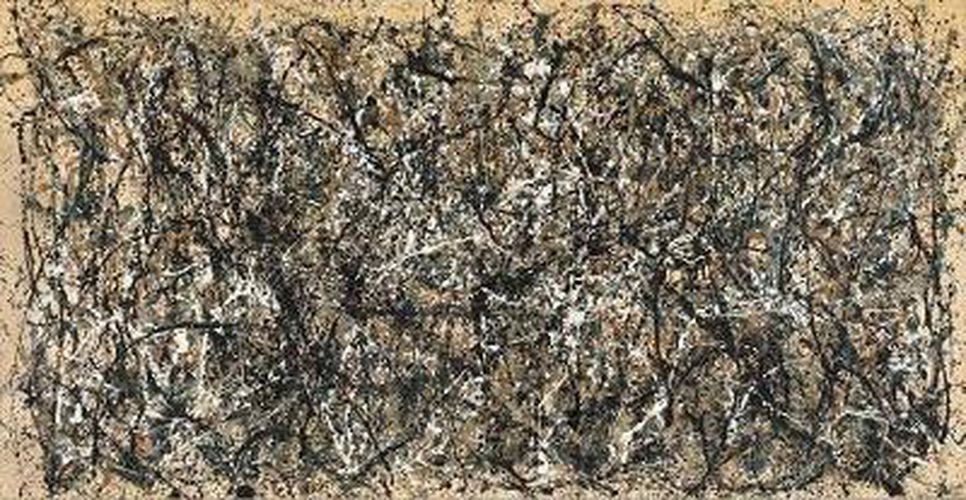Readings Newsletter
Become a Readings Member to make your shopping experience even easier.
Sign in or sign up for free!
You’re not far away from qualifying for FREE standard shipping within Australia
You’ve qualified for FREE standard shipping within Australia
The cart is loading…






In the late 1940s, Jackson Pollock, now recognized as one of the most important Abstract Expressionist artists, began experimenting with a new method of painting that involved dripping, flinging and pouring paint onto a canvas laid flat on the ground. This process engaged his entire body, and the resulting images were a direct index of the energy he expended to create these works. One: Number 31 (1950), among the largest of the paintings he produced by this method, is a virtuoso showcase of his mastery of materials and technique. In this volume of the MoMA One on One series, a lively essay by former museum curator and professor Charles Stuckey offers an in-depth exploration of the painting, one of many groundbreaking works by Pollock in MoMA’s collection.
$9.00 standard shipping within Australia
FREE standard shipping within Australia for orders over $100.00
Express & International shipping calculated at checkout
In the late 1940s, Jackson Pollock, now recognized as one of the most important Abstract Expressionist artists, began experimenting with a new method of painting that involved dripping, flinging and pouring paint onto a canvas laid flat on the ground. This process engaged his entire body, and the resulting images were a direct index of the energy he expended to create these works. One: Number 31 (1950), among the largest of the paintings he produced by this method, is a virtuoso showcase of his mastery of materials and technique. In this volume of the MoMA One on One series, a lively essay by former museum curator and professor Charles Stuckey offers an in-depth exploration of the painting, one of many groundbreaking works by Pollock in MoMA’s collection.